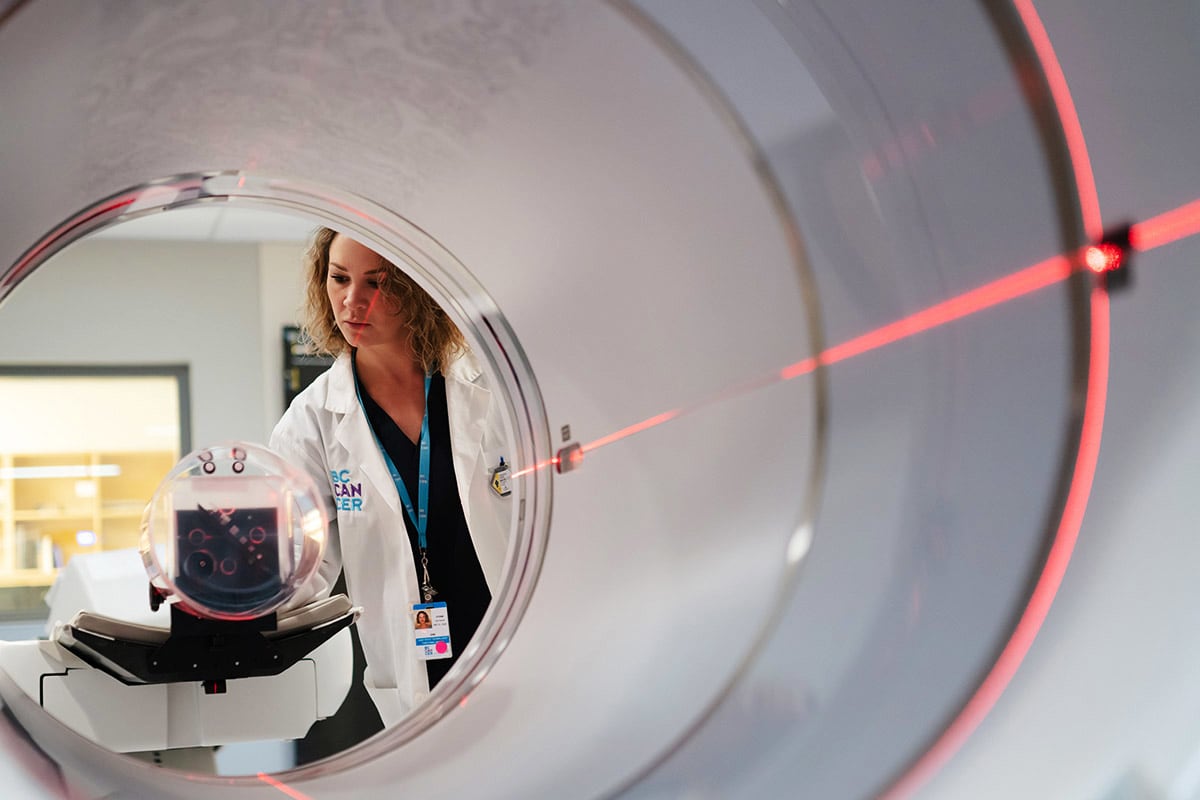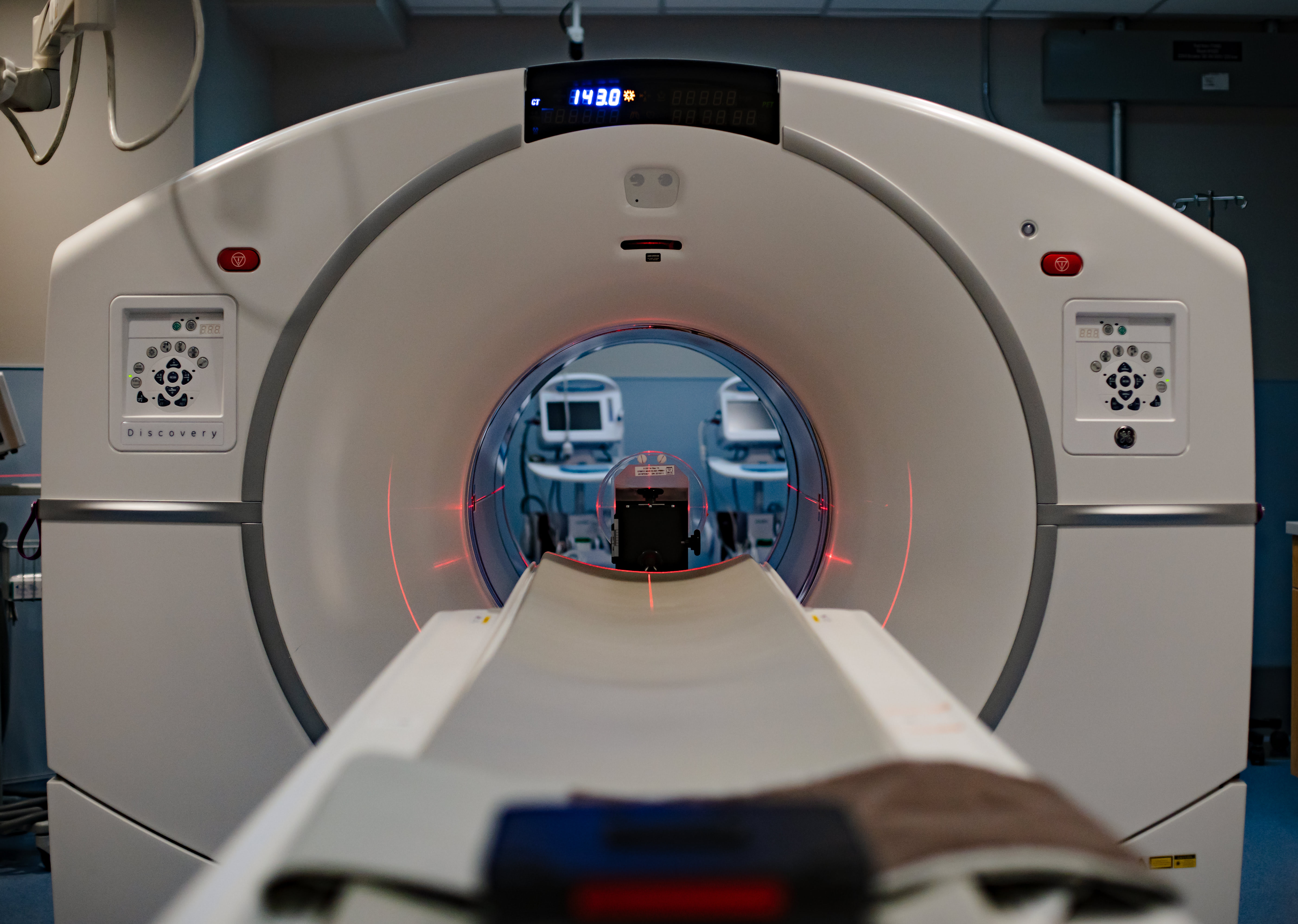New Horizons in HDR Brachytherapy at the BC Cancer Agency
October 4, 2012
Found in BC Cancer - Kelowna, Brachytherapy, Innovation, Prostate Cancer
In my last entry I described the first clinical trial completed in Kelowna using HDR prostate brachytherapy. We proved that the ultrasound-based procedure we pioneered is as accurate as the CT-based procedure that has been standard throughout the world for the past decade or more. The ultrasound-based procedure allows patients to receive treatment in a 2 1/2 hour session while comfortably asleep.
The next step involved imaging the prostate in order to see the cancer within. You never see the cancer on a CT scan and rarely see it on an ultrasound, but a special adaptation of MRI provides such incredible detail that you can actually see the dark blot of cancer inside the prostate gland. This is achieved via the insertion of a tiny MRI magnet and its close position to the prostate provides the most amazing anatomic detail. This type of exam had never been performed in Kelowna but it was exactly what we needed: with the technology of HDR brachytherapy, we could selectively increase the dose to that area of the prostate by 25%, 35% or maybe even 50% to ensure the cancer would be destroyed. The next step was to acquire the equipment to be able to do these specialized exams.
A generous donor came to the rescue again and the funds he contributed to our HDR program were used to buy the MRI adaptor and equipment. The first scan was done last Monday, and the first patient was treated on Thursday. The images from the endorectal MRI were electronically fused with the ultrasound that was used to guide the needle placement and plan the treatment in the operating room. On the computer screen beside the operating table we were able to toggle back and forth between the two image sets, alternately looking at the cancer within the prostate and the overlay of dose that we were going to deliver to the cancer. It was the perfect marriage of state-of-the-art imaging and advanced computer technology. I feel fortunate to be able to bring this all together to improve prostate cancer treatment for men in the Okanagan. It’s very exciting.
We currently have the funds to treat 15 patients with this advanced new method. Continued need for support is a significant part of the story of research and it remains a struggle to bridge the gap between groundbreaking achievements and making innovation part of standard care. That’s why donors continue to play such an important role in the work we do.
Juanita


